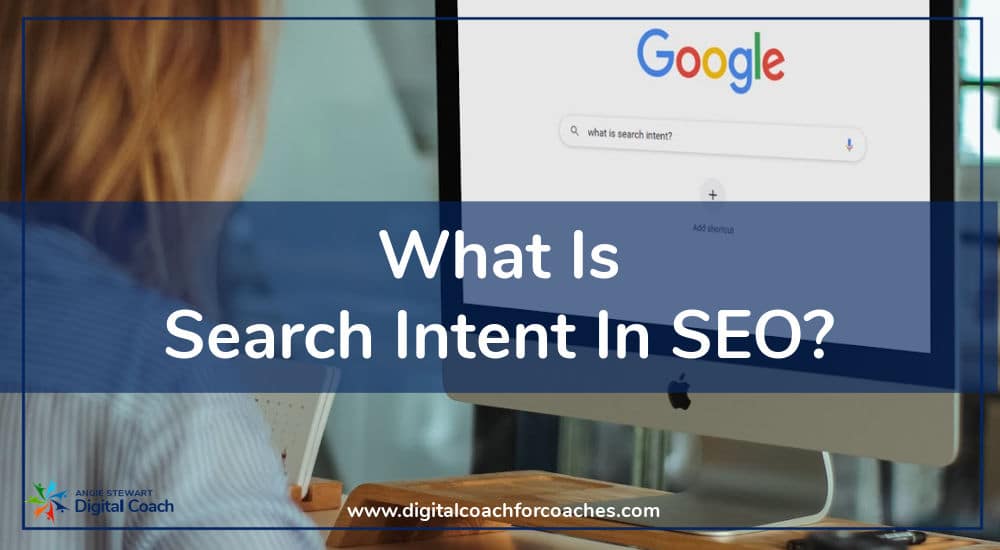
Do you want to increase visitors to your website and improve your conversion rates?
In this article, I discuss:
- search intent in more detail
- why matching search intent should be an important part of your content search engine optimization strategy and
- provide tips on how optimize your website to include valuable content that is relevant to your target audience.
What is the Definition of Search Intent?
Search intent, also called keyword intent or user intent, is the purpose, goal or the why that lies behind a particular query when a user searches the internet.
The Four Types of Search Intent
Here are the four main types of search intent:
Informational Intent
Informational searches are one of the most common types of search intent. When users have informational intent, they are looking for information about a particular topic. This information can be used to learn something new, solve a problem, or make a decision.
Informational keywords are generally phrased by asking and using questions in search queries such as “Who, Where and How?” e.g. Where is the best place to get sushi in Manchester?
- So, if you’re a restaurant owner, to you could add content to your website to respond to informational queries like this e.g. write about the different types of food you serve.
- If you’re a software company, you could write a blog post about the benefits of your software, or how to use it.
Navigational Intent
Users with navigational intent are looking for a specific website or page. They may have heard about the website or page from a friend, seen it advertised, or found it through another search engine result.
This is where building a reputable brand plays a part. When people have a strong brand association with your business, they are more likely to conduct navigational searches using your brand name when they need your type of product or service.
Commercial Intent
Users with commercial intent are looking to buy something. They may be comparing prices, reading reviews, or researching products before making a purchase.
“cheap flights to London” or “best deals on laptops” are examples of commercial search intent.
So if you are a tech magazine looking to boost readership, you can create an article comparing different laptops, highlighting the benefits of number of brands / models. If visitors find this information useful, it will help them to make a decision about which laptop to buy AND they are more likely to visit you again.
Articles like these have helped “Which” successfully build their brand reputation as a go to provider of comparison information.
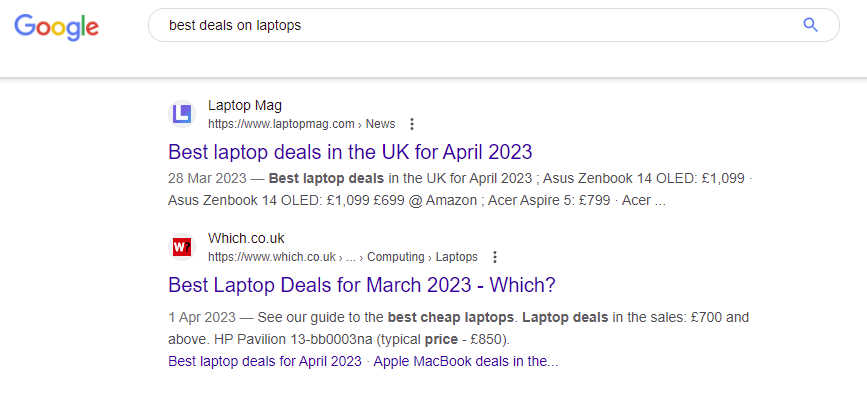
Transactional Intent
Users with transactional intent are ready to buy something right now. You may have also heard an SEO specialist refer to these types of search terms as ‘buying keywords.’
An example of a search term with transactional intent could be “buy Nike shoes,” it is clear the searcher is ready to make a purchase and wants to get the best deal possible.
It is important to note that visitors can have multiple types of user intent at the same time. For example, someone who searches for “best laptop for college students” may have both commercial and informational intent. They are looking to buy a laptop, but they also want to learn more about laptops in general.
By providing targetted content that takes them through the informational and commercial stages, you can nuture your relationship with your visitor so you subtly transition them into completing the transaction with you as well.
Why is Understanding Search Intent Important for your Business SEO Strategy?
Search intent is an important factor in SEO because it helps the search platforms to understand what users are looking for. When they understand user intent, they can deliver more relevant search results.
So by understanding search intent, you can design and implement a content strategy for your website which not only satisfies your visitors but also helps Google deliver a user experience that is fast, relevant, and engaging.
Fast: Google wants users to be able to find the information they are looking for quickly and easily. Google’s algorithms are constantly being updated to improve the speed and accuracy of search results.
Relevant: Google wants to make sure that users are presented with results that are relevant to their search queries. Google’s algorithms take into account a variety of factors, such as the user’s location, search history, and interests, to personalise the search results.
Engaging: Google wants users to stay on their platform and continue to use their products and services. Google’s design team works hard to create a user experience that is visually appealing and easy to use. User satisfaction is key to Google because it is a measure of how well Google is meeting the needs of its users. If users are satisfied with Google’s products and services, they are more likely to continue using them. This, in turn, leads to more revenue for Google.
So how does Google know if a website page achieves this goal?
They look at how users interact with their search results pages and can tell if the people searching respond well to a specific search result displayed.
If Google thinks your website delivers user satisfaction, it is more likely to rank pages of your site higher in search results which in turn, will generate more organic traffic to your website.
So how do you Conduct Keyword Research with Search Intent in Mind?
Here are a few tips for conducting keyword research with search intent in mind:
Optimising your Content for BOTH Users and Search Engines
When you optimise your content for both users and search engines, you are creating content that is relevant to users and to help you rank well in organic search results. Doing this can lead to more organic traffic visiting your website from search engines.
One way to do this is to follow the 3 C’s of search intent.
The 3 c’s are content type, content format, and content angle.
In Summary
Ultimately, the better you know your ideal client avatar, their demographics, how they think, the social platforms they prefer, the way they like to consume content, the words they use etc, the easier it is going to be to provide them with high quality content when they land on your website.
Taking the time to understand your audience’s search intent and optimising your website on page seo accordingly should lead to higher search engine rankings, website visitors, leads and sales.
If you would like to get notified when I release further articles like this one (which is an example of a post written for informational search intent), please join my email community below.

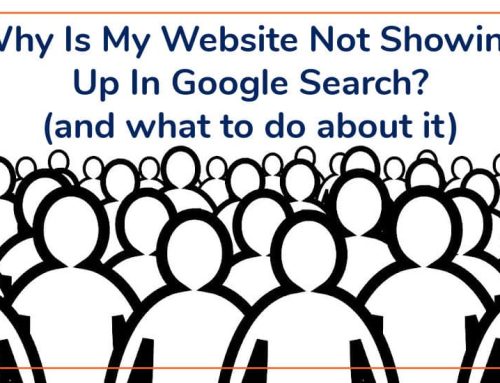
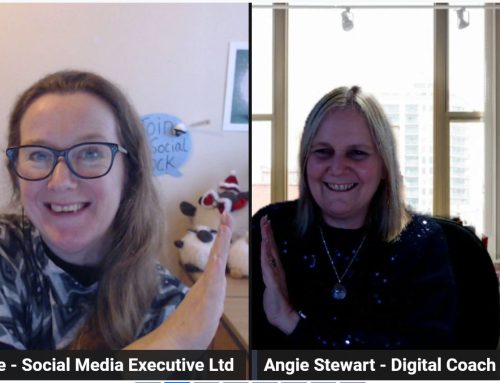
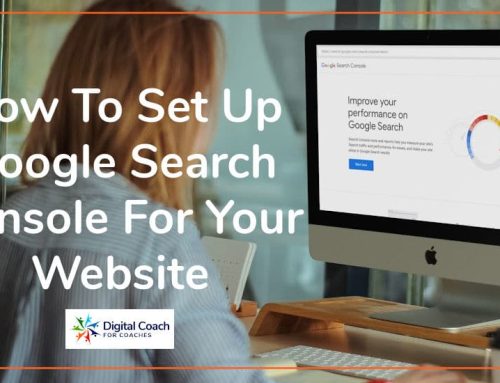


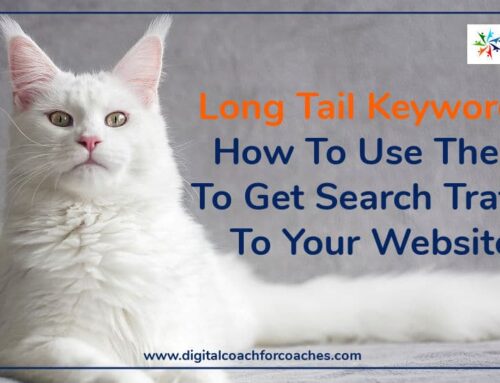
Leave A Comment